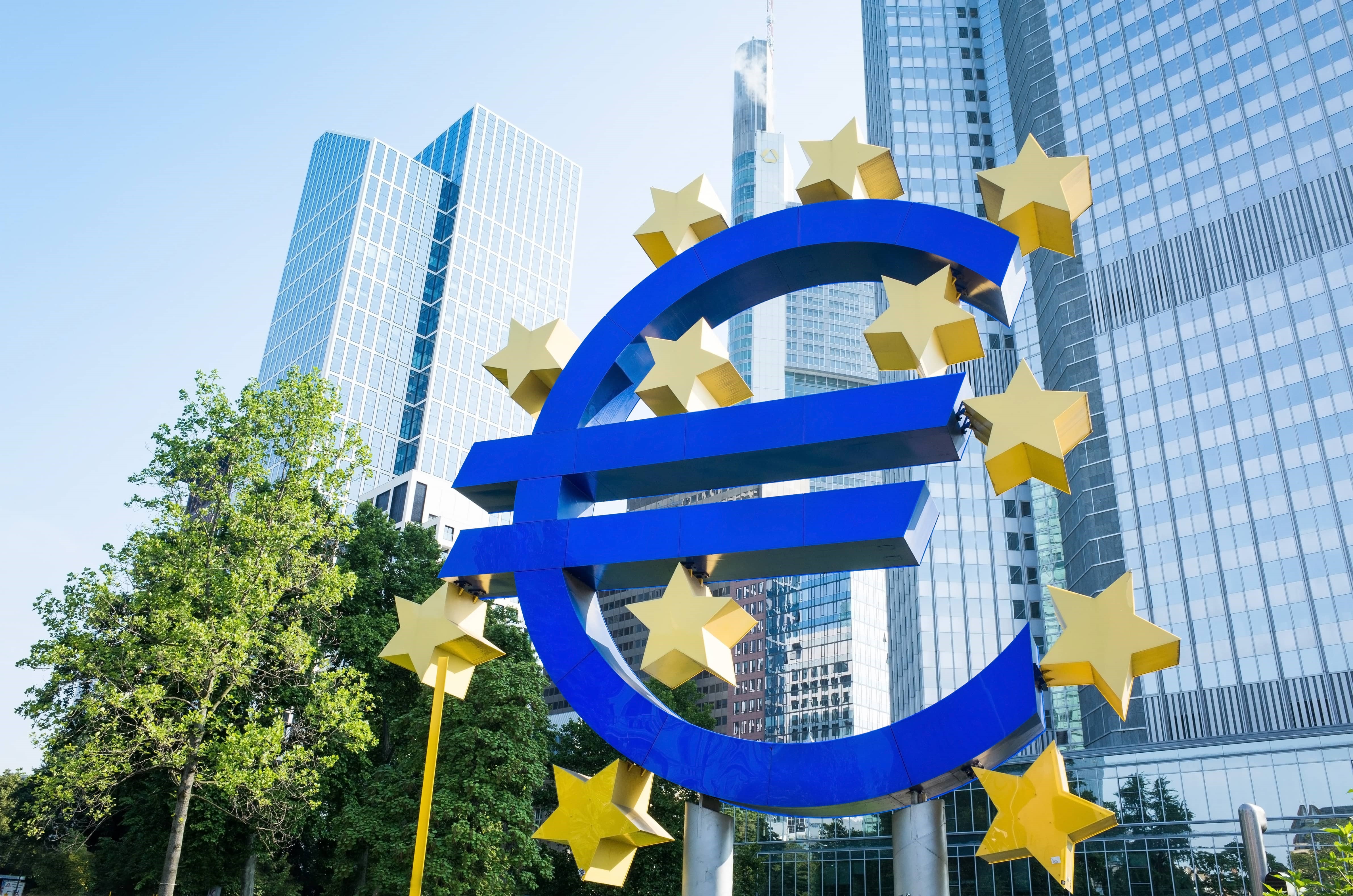Attractive yields combined with a structurally shorter duration market versus the US is driving a surge in demand for euro-denominated corporate bond ETFs despite a stickier inflation picture across the eurozone.
According to data from ETFLogic, the iShares Core € Corp Bond UCITS ETF (IEAC) has seen $1.2bn inflows over the past month, the most across European-listed ETFs, as at 28 April.
The fourth-highest across all ETFs over the same period was the iShares € High Yield Corp Bond UCITS ETF (IHYG) with $655m net new assets while investors have poured $571m into the Xtrackers EUR Corporate Bond UCITS ETF (D5BG).
The strong inflows come as the European Central Bank (ECB) continues its aggressive hiking cycle in a bid to calm skyrocketing inflation.
At its March meeting, the central bank increased rates by 50 basis points (bps) – its sixth hike in a row – during the middle of the banking crisis that saw UBS acquire collapsing Swiss rival Credit Suisse.
However, the latest eurozone inflation reading may go some way in calming market fears after core inflation dropped to 5.6% year-on-year in April, its first fall since June 2022.
“Sticky inflation data clearly stresses the need to continue hiking but with last week’s weaker-than-expected GDP growth report and weak loan growth and loan demand data, the case for slowing down the pace and size of rate hikes has become stronger,” Carsten Brzeski global head of macro at ING, said.
While a 25bps hike this week is almost a certainty, ECB President Christine Lagarde will not want to repeat the mistake of underestimating inflation by cutting interest rates too quickly.
Inflation remains well above the ECB’s 2% target which means the central bank will need to continue its quantitative tightening cycle.
As a result of structurally higher inflation, and its resulting impact on yields, fixed income is once again interesting. IEAC, which plummeted 19.8% in 2022 along with the rest of the bond market – has been offering yields above 4% this year, a phenomenon not seen since the Global Financial Crisis (GFC).
“Yields are now reasonable again,” Andrew Limberis, investment director at Omba Advisory & Investments, explained. “Given inflation has started to fall, fixed income is attractive. However, it is important to be selective – not every yield is a good yield.”
BlackRock is particularly bullish on euro-denominated investment grade bonds due to the attractive yields on offer and relatively shorter duration.
IEAC currently has a weighted average maturity of 5.07 years versus 13.15 years for the iShares $ Corp Bond UCITS ETF (LQDE).
This provides investors with greater protection against any further rising interest rates, especially if inflation stays higher-for-longer.
“Policy rates used to fall quickly as an economic downturn struck, pushing yields lower – but we think sticky inflation makes that unlikely,” Jean Boivin head of the BlackRock Investment Institute, said.
“We think investment grade credit offers good income, with yields around 5% globally. We are tactically overweight European investment grade and prefer it to US peers given more attractive valuations and its shorter duration.”






